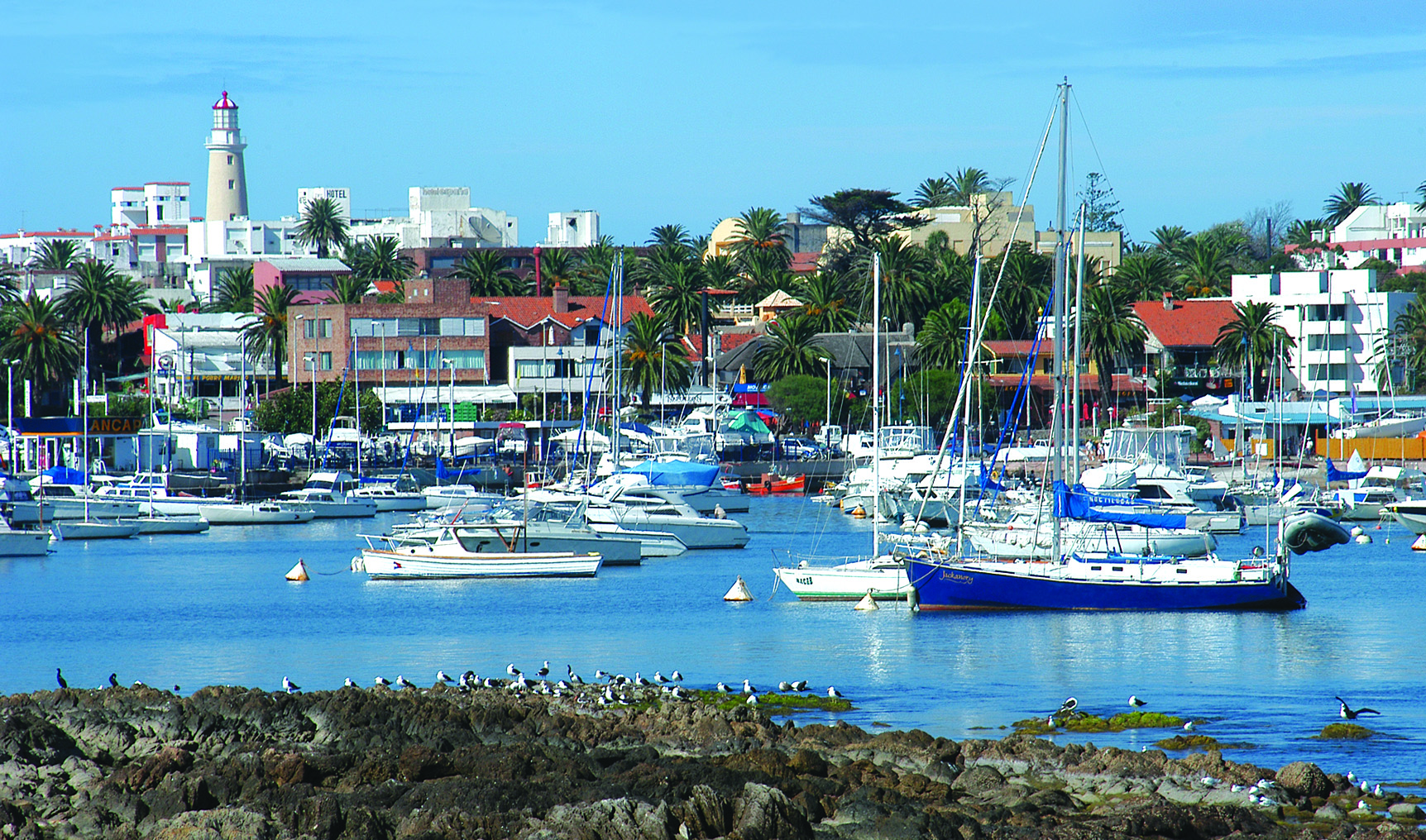Blogs
11/23/2014
Submitted by Michelle on Sun, 11/23/2014 - 11:57am
The Red Varietals of Chile
11/23/2014
Submitted by Michelle on Sun, 11/23/2014 - 11:57am
The Sea Turtle Conservancy
11/23/2014
Submitted by Michelle on Sun, 11/23/2014 - 11:57am
Pirates of the Galapagos Islands
11/23/2014
Submitted by Michelle on Sun, 11/23/2014 - 11:57am
Punta del Este
11/23/2014
Submitted by Michelle on Sun, 11/23/2014 - 11:57am
The Magnificent Coral of Panama
11/23/2014
Submitted by Michelle on Sun, 11/23/2014 - 11:57am
Alpaca Industry of Arequipa
11/23/2014
Submitted by Michelle on Sun, 11/23/2014 - 11:57am
(Finca) El Rey National Park
11/22/2014
Submitted by Michelle on Sat, 11/22/2014 - 11:57am
The White Varietals of Chile
11/22/2014
Submitted by Michelle on Sat, 11/22/2014 - 11:57am
Surfing the Caribbean Coast of Panama
11/22/2014
Submitted by Michelle on Sat, 11/22/2014 - 11:57am















